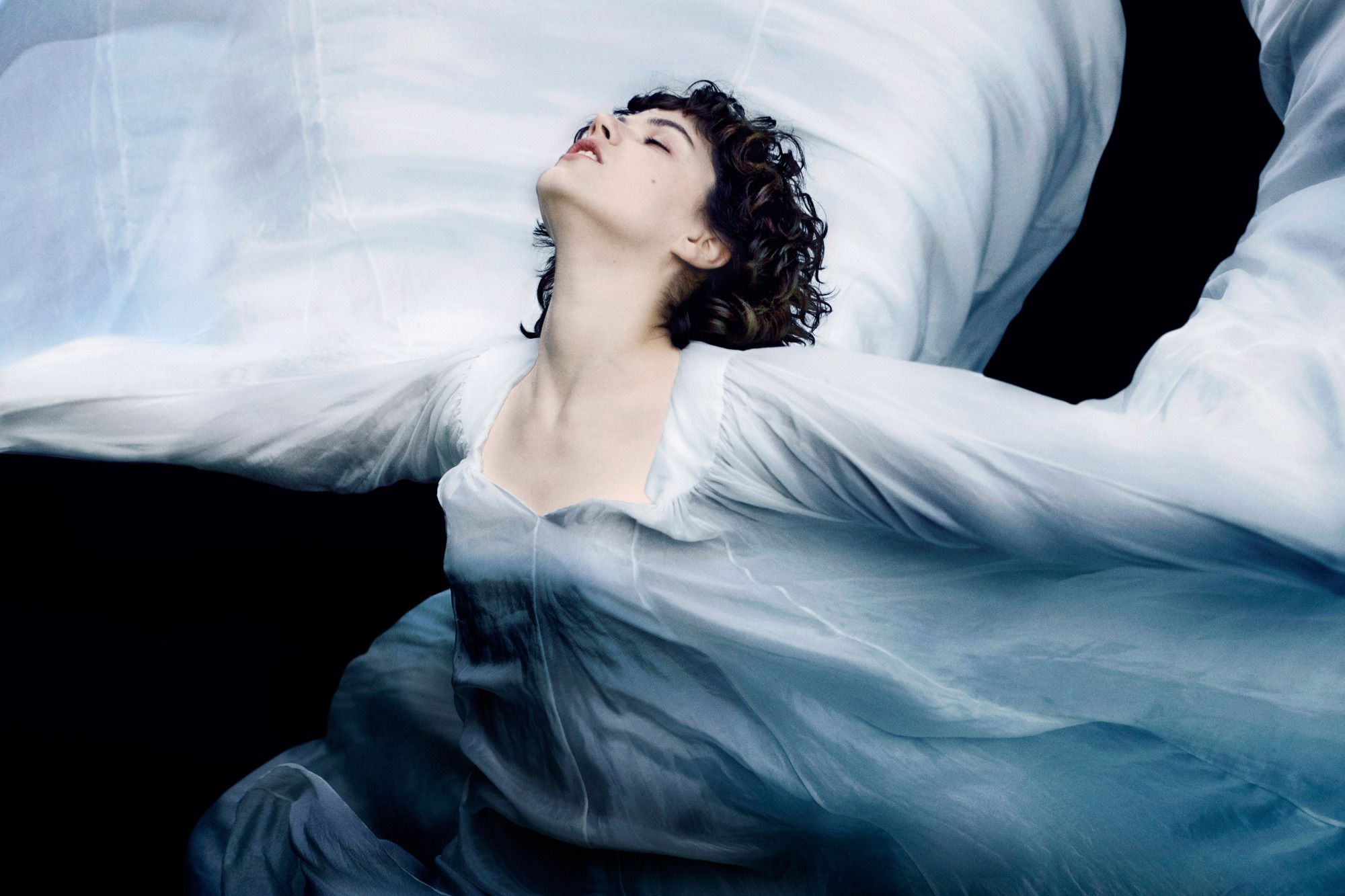Loie Fuller was the ultimate "it girl." A little-known dancer from Illinois, she wound up in turn-of-the-century Paris, smack-dab in the middle of La Belle Epoque. Her friends? They were artist Henri de Toulouse-Lautrec and filmmakers the Lumiere Brothers, and her protegee was acclaimed dancer Isadora Duncan.
Fuller herself was a pioneer in modern dance and theatrical lighting techniques, but it has taken Stephanie Di Giusto's film "The Dancer" ("La Danseuse" in French) to rescue her name and legend from obscurity, mainly because so little of her work survived the ages. Unlike Duncan, Fuller avoided filming herself since she believed dance was too fleeting and delicate an art form to capture on celluloid.
"I didn't know Loie Fuller at all," professes Di Giusto in an interview in Tokyo during a promotional tour. "By accident, I came upon a black-and-white photograph of a young woman dancing on stage in what appeared to be a large white sheet. I was mesmerized, not least because she looked so modern. So I did some research, and that's when I learned the dancer's name."


















With your current subscription plan you can comment on stories. However, before writing your first comment, please create a display name in the Profile section of your subscriber account page.